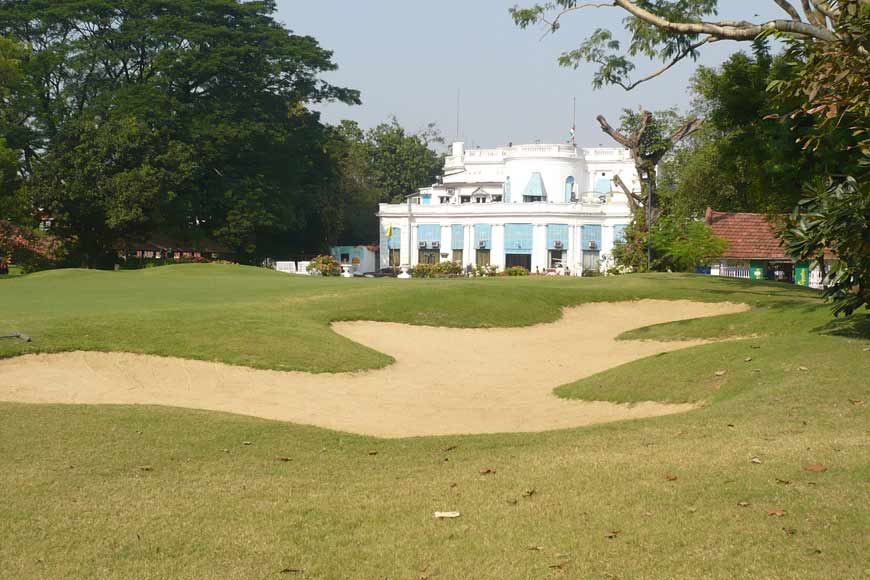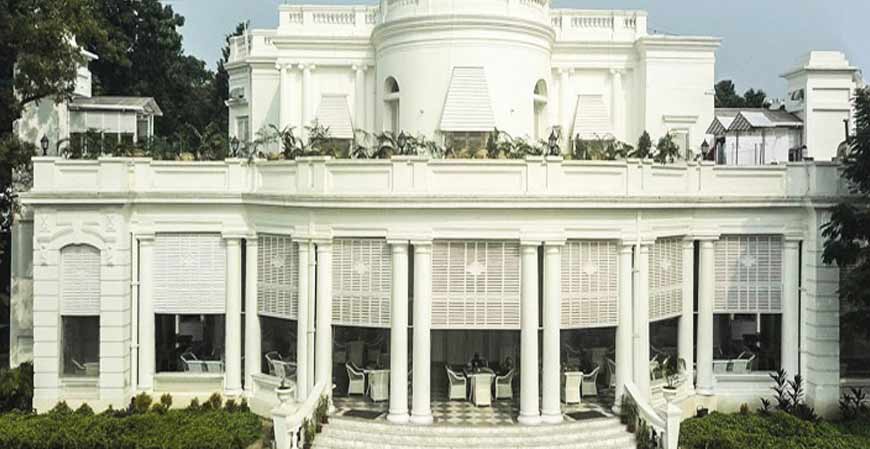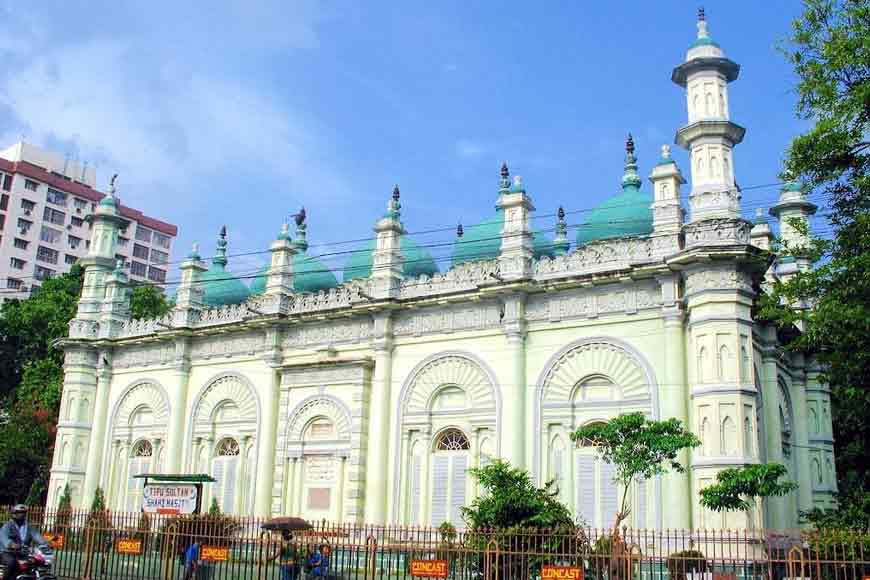Tipu Sultan and Tollygunge – Where do the two T’s meet?

Is Tollygunge just a bustling neighbourhood? Well, even if it is one today, there was a time when it was the name of a long road stretch covered with dense forest land called Russapugla with an abundance of mangrove vegetation. This was until the British decided to have their entertainment centres in the southern fringes of Calcutta and established the two famous clubs -- Tollygunge Club and the Royal Calcutta Golf Club. Tollygunge Club, established in 1895, derives its name from Tollygunge. But where did Tollygunge get its name from?
From William Tolly, a colonel in the British Army in 1767. Calcutta was then a city of creeks. According to historian P Thankappan Nair, who has documented the city’s history extensively, this creek was originally called the Govindpur Creek. There is no historical documentation for why the creek was so named, but perhaps it acquired its name from that of the village of Govindapur, one of the three villages bought to form Calcutta. According to Nair, another name for this creek in Bengali was Adi Ganga as the original River Ganga used to flow here.

In 1775, Colonel Tolly wrote to Warren Hastings, the Governor-General of India, with a proposal of leading an excavation to connect the village of Balliaghat, now called Beliaghata, to the neighbourhood of Tollygunge through a waterway. According to published letters in the Fort William-India House Correspondence Vol.7 (1773-1776), Tolly wrote to Hastings saying he can do the same on a contract with the East Indian Company or lend his services for Rs 80,000, along with a levy on tolls paid by boats passing through the creek for a period of 12 years. This plan was agreeable to the Company, and Tolly was directed to survey the land. This creek, 27 kilometres long, was then renamed Tolly’s Nullah after the colonel and opened for navigation in 1777.
After the opening of the Nullah, the neighbourhood became more developed and came to be known as Tollygunge. After Tolly’s death, his widow was unable to continue collecting the tolls and the maintenance of the waterways. The Company took over the management of the Nullah and auctioned its leasehold rights in March 1794 to an Englishman in the city, John Hooper Wilkinson. In 1804, the Bengal Government took control over the Nullah and the Collector of 24 Parganas was authorised to maintain it. There is no document to independently verify this fact, but according to the Tollygunge Club archives, the premises of the club was originally an indigo plantation home of Richard Johnson, a merchant in the East India Company, set up in 1781.

Tollygunge took a new twist in the annals of Indian history when around 1806, the British dispatched Tipu Sultan’s family to Calcutta and gave them a living allowance. They settled in this area. Tipu Sultan’s son Ghulam Mohammed Shah purchased the plantation grounds and used as a residence and the family spent a considerable amount of time in the neighbourhood.
After the family’s fortunes changed, they sold some portions of the plantation and leased out other sections to William Dixon Cruickshank, a Scottish banker, who was looking to build a sports club for the British that would also allow residential facilities and provide space for the British to socialise. Over time, Tipu Sultan’s family divested complete control of the estate and the lands came under the direct control of the Tollygunge Club, a name that the institution acquired because of the neighbourhood it was located in and because of the location of the creek that runs just behind its premises.










